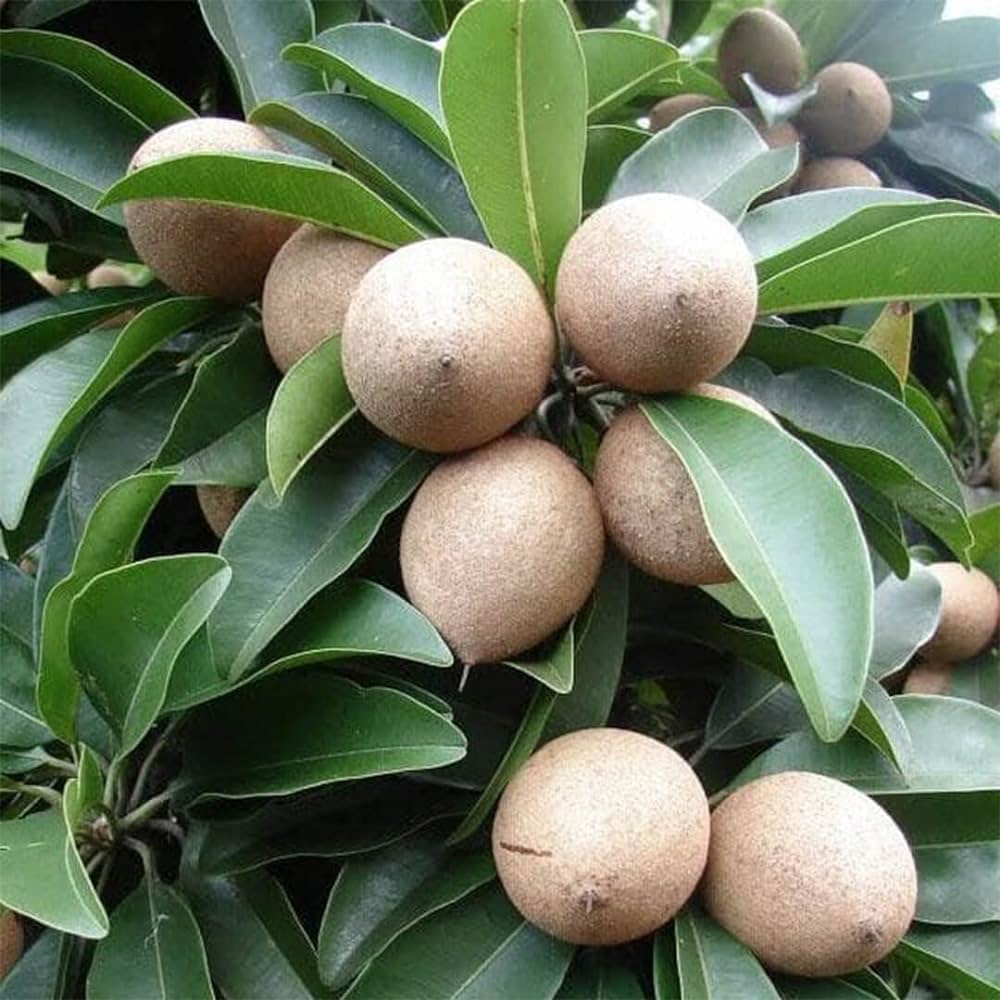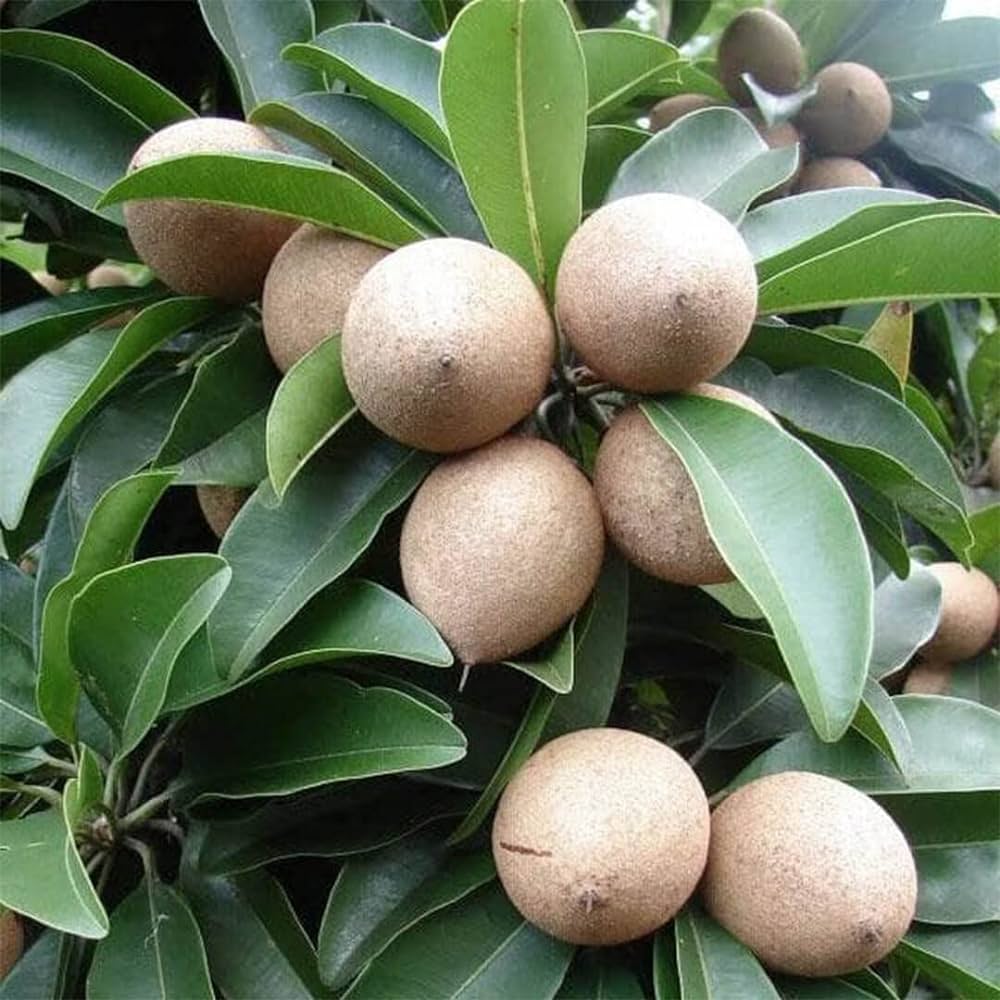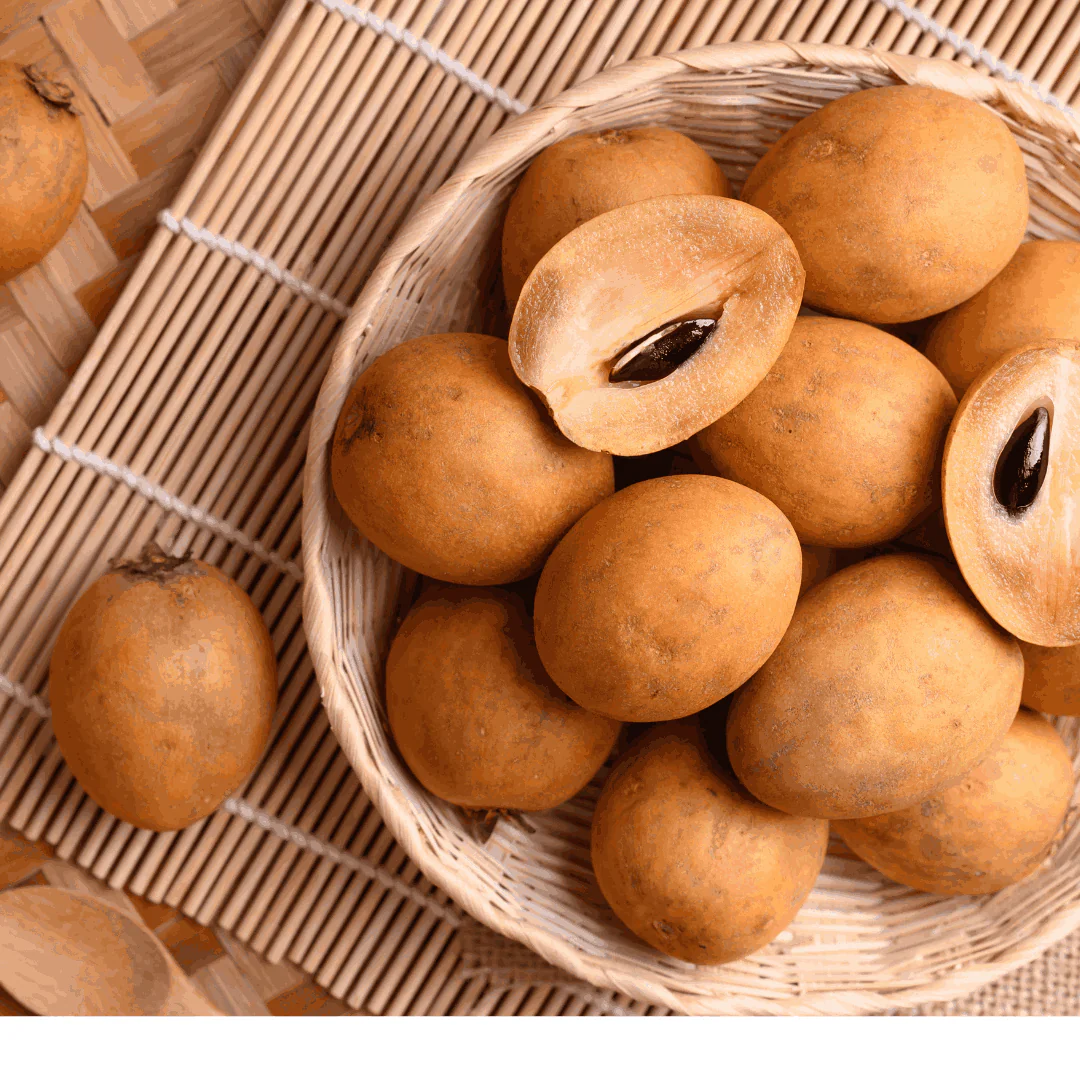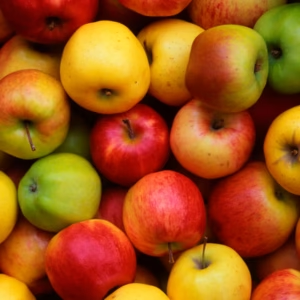Chiku
Product Detail
Chiku, also known as sapota or sapodilla, is a tropical fruit from the evergreen tree Manilkara zapota. It is characterized by its sweet, malty flavor and smooth, brown, edible flesh. The fruit is a berry, oval or round, with a grainy texture when ripe. Chiku trees are native to Central America and are cultivated in various tropical regions, including India.
-
Fruit:
Chiku is a berry, typically oval or round, with a rough, brown skin. The flesh is soft, juicy, and sweet, with a characteristic malty flavor. The unripe fruit contains saponin and tannins, making it astringent and drying to the mouth.
-
Tree:
The chiku tree is an evergreen, reaching a height of over 30 meters. It has a crown of branches and produces milky latex when young. The leaves are elliptic-lanceolate, dark green above, and pale beneath.
-
Origin:
The fruit is native to Central America, particularly Mexico and Guatemala. It is also widely cultivated in India.
-
Cultivation:
Chiku trees thrive in warm, moist environments with full sun and well-draining soil. They are drought-tolerant and can tolerate some salinity in the soil.
-
Uses:
Chiku is primarily eaten fresh, but its pulp can be used to make smoothies, shakes, and desserts. Historically, the latex of the tree (chicle) was used by the Mayans and Aztecs to make chewing gum.
-
Nutritional Value:Chiku is a good source of dietary fiber and vitamins A, C, and B. It is known for its potential anti-inflammatory and digestive health benefits.
 Docs
Docs
 Support
Support
 Français
Français 













 Home
Home  Whishlist
Whishlist  Compare
Compare  Checkout
Checkout
Reviews
There are no reviews yet.